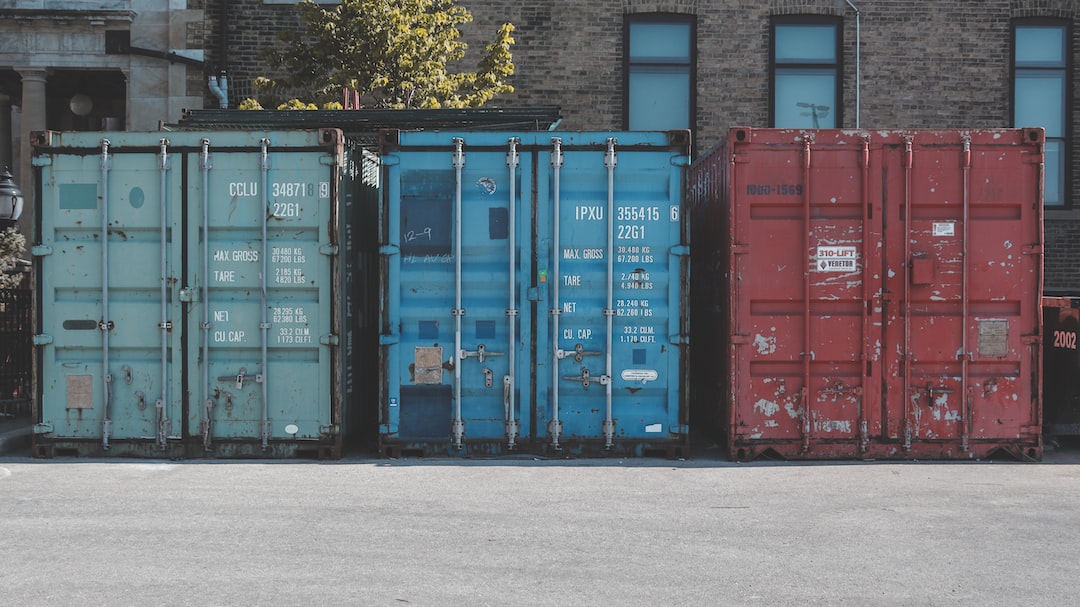Common Challenges in Obtaining Dangerous Goods Certification and How to Overcome Them
Obtaining dangerous goods certification can be a daunting task for businesses involved in the transportation and handling of hazardous materials. A valid certification is essential to ensure compliance with regulations, minimize risks, and maintain the safety of both the products and individuals involved in their transport. However, several challenges can arise during the certification process. In this article, we will explore some common challenges and provide insights on overcoming them.
One of the primary hurdles in obtaining dangerous goods certification is understanding and adhering to the complex regulations. The transportation of dangerous goods is governed by various national and international regulations, including the International Air Transport Association (IATA) and the International Maritime Organization (IMO). These regulations are subject to frequent updates and revisions, making it difficult for businesses to stay up-to-date. To address this challenge, it is crucial to invest in continuous training and education for employees involved in the certification process. By developing a thorough understanding of current regulations and ensuring regular updates, businesses can navigate the certification process effectively.
Another challenge businesses face is the lack of documentation and record-keeping. Maintaining accurate documentation is vital for the certification process, as authorities require evidence of proper handling, storage, and transportation of dangerous goods. Many businesses struggle with organizing and managing their documentation, leading to delays or even rejections during the certification process. Implementing a robust record-keeping system, where all relevant documents are easily accessible and properly maintained, can help overcome this challenge. Utilizing digital platforms and software can streamline the documentation process, ensuring all necessary records are readily available.
Furthermore, businesses must ensure that their employees are adequately trained in handling dangerous goods. Training programs should cover key aspects such as packaging requirements, labeling, and emergency response procedures. Lack of appropriate training can result in non-compliance and potential dangers during the transportation process. To address this challenge, companies should invest in comprehensive training programs that meet regulatory standards. Regular refresher courses and assessments can help ensure that employees maintain their knowledge and skills.
Finally, businesses should consider seeking assistance from experts or consultants with specific knowledge in dangerous goods certification. These professionals can provide guidance throughout the certification process, assist with identifying potential challenges, and offer strategies to overcome them. By leveraging their expertise, businesses can save time and resources, ultimately expediting the certification process.
In conclusion, obtaining dangerous goods certification can present several challenges for businesses. However, by investing in continuous training, implementing effective documentation systems, ensuring employee training, and seeking expert assistance, these challenges can be overcome. With a valid certification in hand, businesses can operate in compliance with regulations, enhance safety standards, and gain a competitive advantage in the market.

